thanks,..
Traceback (most recent call last):
File "run_electrum", line 80, in <module>
File "<frozen importlib._bootstrap>", line 971, in _find_and_load
File "<frozen importlib._bootstrap>", line 955, in _find_and_load_unlocked
File "<frozen importlib._bootstrap>", line 665, in _load_unlocked
File "c:python3libsite-packagesPyInstallerloaderpyimod03_importers.py", line 627, in exec_module
File "electrum__init__.py", line 11, in <module>
File "<frozen importlib._bootstrap>", line 971, in _find_and_load
File "<frozen importlib._bootstrap>", line 955, in _find_and_load_unlocked
File "<frozen importlib._bootstrap>", line 665, in _load_unlocked
File "c:python3libsite-packagesPyInstallerloaderpyimod03_importers.py", line 627, in exec_module
File "electrumdaemon.py", line 38, in <module>
File "<frozen importlib._bootstrap>", line 971, in _find_and_load
File "<frozen importlib._bootstrap>", line 955, in _find_and_load_unlocked
File "<frozen importlib._bootstrap>", line 665, in _load_unlocked
File "c:python3libsite-packagesPyInstallerloaderpyimod03_importers.py", line 627, in exec_module
File "site-packagesjsonrpcserver__init__.py", line 1, in <module>
File "<frozen importlib._bootstrap>", line 971, in _find_and_load
File "<frozen importlib._bootstrap>", line 955, in _find_and_load_unlocked
File "<frozen importlib._bootstrap>", line 665, in _load_unlocked
File "c:python3libsite-packagesPyInstallerloaderpyimod03_importers.py", line 627, in exec_module
File "site-packagesjsonrpcserverasync_dispatcher.py", line 11, in <module>
File "<frozen importlib._bootstrap>", line 971, in _find_and_load
File "<frozen importlib._bootstrap>", line 955, in _find_and_load_unlocked
File "<frozen importlib._bootstrap>", line 665, in _load_unlocked
File "c:python3libsite-packagesPyInstallerloaderpyimod03_importers.py", line 627, in exec_module
File "site-packagesjsonrpcserverdispatcher.py", line 41, in <module>
File "site-packagespkg_resources__init__.py", line 1157, in resource_string
File "site-packagespkg_resources__init__.py", line 1401, in get_resource_string
File "site-packagespkg_resources__init__.py", line 1569, in _get
File "c:python3libsite-packagesPyInstallerloaderpyimod03_importers.py", line 475, in get_data
FileNotFoundError: [Errno 2] No such file or directory: 'C:\Users\ac\AppData\Local\Temp\_MEI24282\jsonrpcserver\request-schema.json'
[36604] Failed to execute script run_electrum```
-
Описание ошибки
-
Решение проблемы
-
В Internet Explorer
-
В приложениях и играх
Технологии не стоят на месте. Вспомните, какими были сайты 15 лет назад. Лишь текст на цветном фоне. Ни анимации, ни плавных переходов, ни разнообразия функций. Сейчас же многие визуальные эффекты и функции реализованы с помощью скриптов. Так давайте рассмотрим, как исправить ошибку сценария в Windows?
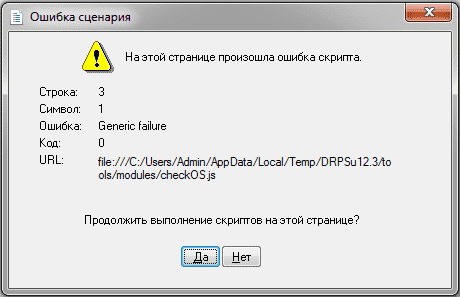
Описание ошибки
Ошибка сценария – это сбой в работе скрипта, который выполняет ту или иную функцию на веб странице. И не удивляйтесь, если подобная проблема появилась во время игры, установленной на ПК, – они тоже реализуют свой функционал с помощью JavaScript и Visual Basic. К счастью, никаких фатальных последствий для личных данных и системы в целом ошибка скрипта не представляет. А лечится проблема несколькими простыми способами.
Решение проблемы
Универсальных способов не существует, поэтому для начала нужно знать, при использовании чего появляется сообщение о сбое. Не удивительно, что в нашем списке есть Internet Explorer – браузер лидирует во многих антирейтингах по стабильности и производительности, поэтому рекомендуется заменить его на более качественный аналог. Возможно, это и будет лучшим решением данной проблемы.
В Internet Explorer
Но если вы истинный фанат софта от Microsoft или просто прикипели за долгие годы к приложению, то выполните следующее:
- Откройте браузер и перейдите на страницу, на которой отображалось сообщение об ошибке.
- Обновите страницу с очисткой кэша, нажав Ctrl+F5.
- Проверьте наличие проблемы.
Если ошибка скрипта не появляется – поздравляю! Иначе – переходите к следующим пунктам:
- Перейдите в «Меню» – «Свойства браузера».
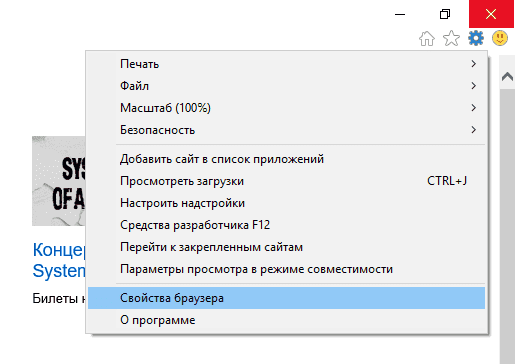
- Откройте вкладку «Дополнительно».
- Установите параметры работы скриптов в соответствии с данными на скриншоте.
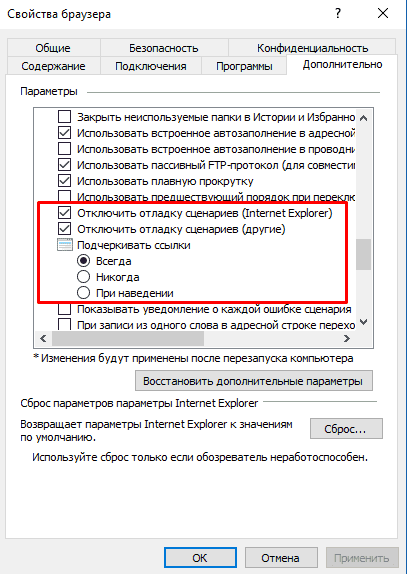
- Сохраняем параметры нажатием кнопки «ОК».
- Далее перейдите во вкладку «Безопасность» и нажмите кнопку «Выбрать уровень безопасности по умолчанию для всех зон».
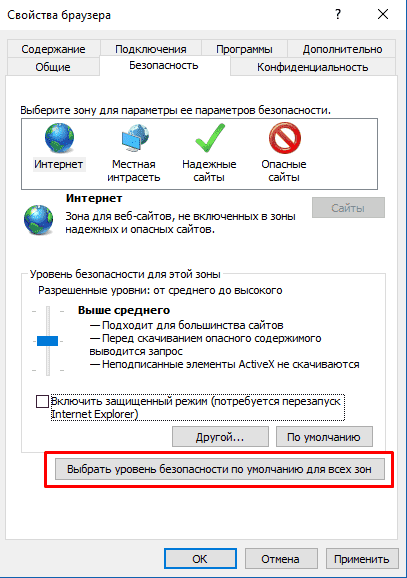
- После этого откройте вкладку «Общие» и нажмите кнопку «Удалить» в подкатегории «Журнал браузера».
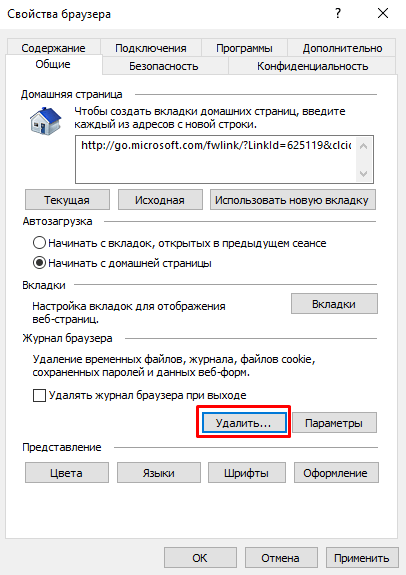
- Выберите все поля и нажмите кнопку «Удалить».
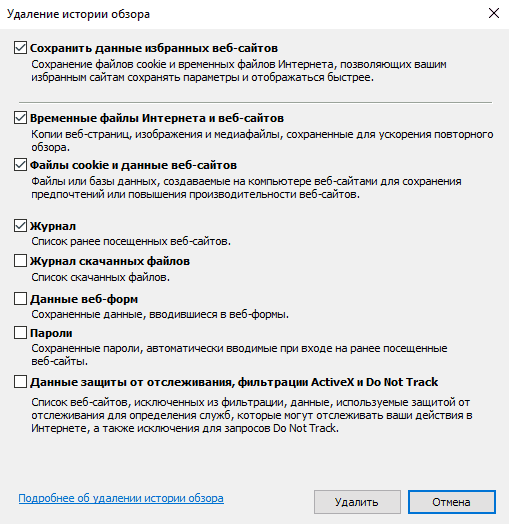
Внимание! При очистке паролей все сохраненные данные для входа на сайты удалятся! Убедитесь, что знаете всю необходимую информацию. В противном случае не отмечайте пункт «Пароли».
В приложениях и играх
Для решения проблем с ошибкой сценария в приложениях и играх выполните несколько шагов:
- Откройте окно «Выполнить» нажав Win+R.
- В текстовое поле окна введите
regeditи нажмите «ОК».

- В новом окне ищем HKEY_LOCAL_MACHINE, нажимаем ПКМ по полю и выбираем пункт «Разрешения».
- Ставим галочки напротив всех доступных полей в столбце «Разрешить».
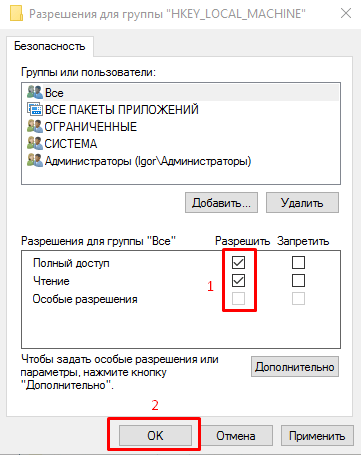
- Далее нажимаем кнопку «Дополнительно».
- Кликаем на поле, где в столбце «Субъект» стоит значение «Все» и нажимаем кнопку «Изменить».
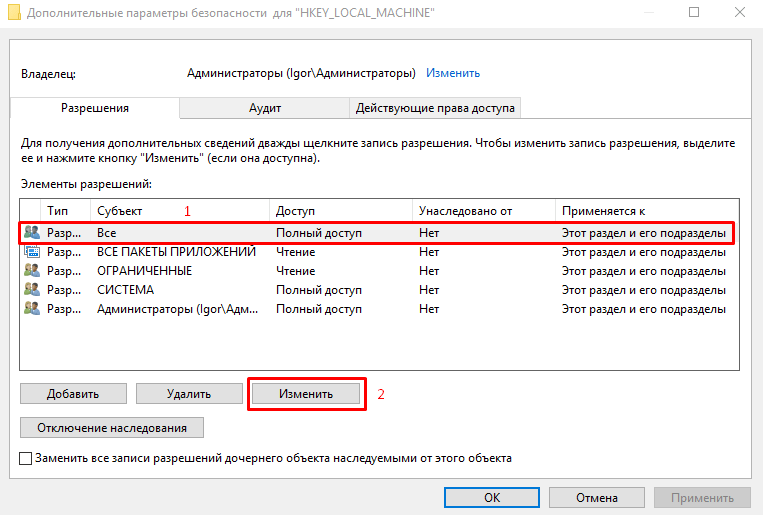
- В новом окне устанавливаем галочку возле поля «Полный доступ» и нажимаем «ОК».
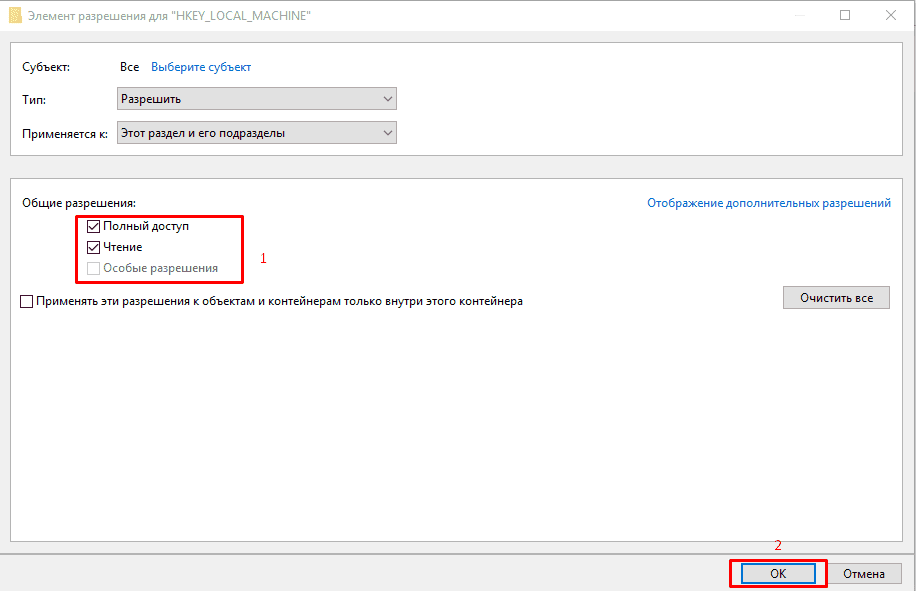
- Перезагружаем компьютер.
Теперь осталось зарегистрировать внесенные изменения:
- Откройте окно «Выполнить» нажав Win+R.
- Введите команду
cmdи нажмите «ОК».
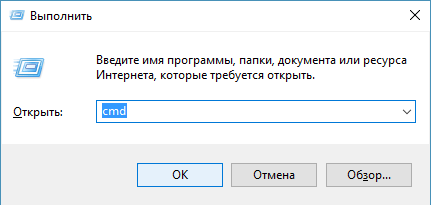
- В командной строке наберите
regsvr32 msxml.dllи нажмите Enter. - Перезапустите устройство.
Выше представлены исчерпывающие методы, которые работают в 99% случаев. Теперь вы знаете, что такое ошибка скрипта и как ее исправить. Если известен какой-либо другой способ – поделитесь им в комментариях. Удачи!
Содержание
- Pyinstaller exe file failed to execute script due to unhandled exception
- 2 Answers 2
- Failed to execute script ‘pyiboot01_bootstrap’ due to unhandled exception: No module named ‘os’ #6972
- Comments
- Description of the issue
- Context information (for bug reports)
- Make sure everything is packaged correctly
- A minimal example program which shows the error
- Stacktrace / full error message
- Failed to execute script ‘pyi_rth_win32comgenpy’ due to unhandled exception: Module ‘pythoncom’ isn’t in frozen sys.path
- Pyinstaller ‘failed to execute’ script
- 2 Answers 2
- Почему перестал компилироваться exeшник в Pyinstaller?
Pyinstaller exe file failed to execute script due to unhandled exception
im trying to turn my python program into an .exe file with the command pysintaller —onefile [name], everything goes perfectly but then when i run my .exe file i get the error » failed to execute script due to unhandled exception, No module name requests. I have already installed the libraries and moved my folder out of the dist file , but same thing. Can anyone help me please?(i tested my code with Visual studio it works.

2 Answers 2
pip install requests try this command once I also got the same error some days before
It looks like it can’t find the requests module. Make sure you’re running pyinstaller in the virtual environment with all dependencies installed.
You can install with
Edited after testing:
I was able to install and execute the alp.py script you provided, and build an exe using pyinstaller . Here’s the steps I followed (on Windows 10).
The directory tree looks like this:
In your alp folder, first we’ll setup a virtualenv and update it:
If you’re using a standard Windows console, you may have to just do env/Scripts/activate (omit the source ) to enable your virtualenv.
Now install dependencies and test the application:
If all goes well, the window opens and there are no errors. Now we can build the executable.
I suspect that what’s happened is when you’re running the pyinstaller command, you’re not in the same virtualenv as the project dependencies, which is why it’s unable to import requests no matter how many times you reinstall it.
If you’re sure you’re in the same environment as the dependencies we’ll have to see some error output from the pyinstaller command perhaps.
Источник
Failed to execute script ‘pyiboot01_bootstrap’ due to unhandled exception: No module named ‘os’ #6972
Description of the issue
I compiled .py files using pyinstaller but when i open my compiled .exe file, it shows a error widget — Unhandled exception in script. I have tried the ways of adding os to ‘ —hidden import ‘, moving ‘import os’ to the first line of .py files, adding —path and even copying the os file from the python310 source folder to my directory that need to compile but still not working!
Context information (for bug reports)
- Output of pyinstaller —version : 5.2
- Version of Python:
- Platform:
- How you installed Python:
NO
- follow all the instructions in our «If Things Go Wrong» Guide
(https://github.com/pyinstaller/pyinstaller/wiki/If-Things-Go-Wrong) and
Make sure everything is packaged correctly
- start with clean installation
- use the latest development version
- Run your frozen program from a command window (shell) — instead of double-clicking on it
- Package your program in —onedir mode
- Package without UPX, say: use the option —noupx or set upx=False in your .spec-file
- Repackage you application in verbose/debug mode. For this, pass the option —debug to pyi-makespec or pyinstaller or use EXE(. debug=1, . ) in your .spec file.
A minimal example program which shows the error
Stacktrace / full error message
The text was updated successfully, but these errors were encountered:
What is the PyInstaller command that you are using to build your program?
What is the PyInstaller command that you are using to build your program?
pyinstaller —noconfirm —onedir —windowed —icon «C:/Users/Administrator/Desktop/admin/logo.ico» —name «house» —upx-dir «C:/Program Files/Python310/Lib/site-packages/upx» —clean —log-level «DEBUG» —debug «all» —add-data «C:/Users/Administrator/Desktop/admin/python310.dll;.» —paths «C:/Program Files/Python310» —collect-data «numpy» —exclude-module «soundfile» —hidden-import «_socket» —hidden-import «cv2.cv2» —hidden-import «os» —hidden-import «_asyncio» —paths «C:/Program Files/Python310/Lib/site-packages» —paths «C:/Program Files/Python310/DLLs» —paths «C:/Program Files/Python310/Lib/site-packages/tensorflow» —upx-exclude «python310.dll» «C:/Users/Administrator/Desktop/admin/house.py»
—add-data «C:/Users/Administrator/Desktop/admin/python310.dll;.»
—paths «C:/Program Files/Python310»
—paths «C:/Program Files/Python310/Lib/site-packages»
—paths «C:/Program Files/Python310/DLLs»
—paths «C:/Program Files/Python310/Lib/site-packages/tensorflow»
These all look suspicious, and the last one is just plain wrong — you should never point search path inside the package, because that makes the package’s modules become top-level modules.
If you need to use —paths in that way, that usually means that you have multiple python environments and that pyinstaller is installed in a different one than the one you’re using for your code.
Either your PyInstaller is not installed in that 3.10.5 environment that you think it is in or your doing something invalid like running the executable in the build folder instead of the dist folder or distributing just the executable rather than the entire directory. Can we have an actual minimal example please? i.e. Code such as just import os and a build command with no usages of —paths . And the build log as well so that we can check if PyInstaller is reporting from a Python 3.10.5 environment or not.
Either your PyInstaller is not installed in that 3.10.5 environment that you think it is in or your doing something invalid like running the executable in the build folder instead of the dist folder or distributing just the executable rather than the entire directory. Can we have an actual minimal example please? i.e. Code such as just import os and a build command with no usages of —paths . And the build log as well so that we can check if PyInstaller is reporting from a Python 3.10.5 environment or not.
I checked environment, try to run .exe file in both build & dist folder and try not to use —path but it still has that error. In my files, my main use of os is to create files and directories, those code is inside root=Tk() :
Источник
Failed to execute script ‘pyi_rth_win32comgenpy’ due to unhandled exception: Module ‘pythoncom’ isn’t in frozen sys.path
I am trying to convert my .py file to an .exe file and I have tried all methods (auto-py-to-exe, pyinstaller, cz_freeze) and it does create the exe file but it always gives an error or the window opens and closes as soon as I double click the file. It is a SpeechRecognition AI project coded in python. And it works just fine in the IDLE but once I create the .exe and try to run it the window pops up and shut down immediately after. (I use the cx_freeze and setup.py method for this)
If I try to convert .py to .exe using pyinstaller it gives me several different kinds of error messages.
As a .py file it works just fine but it doesn’t work as an exe. This is the error I get when using pyinstaller or auto-py-to-exe: Failed to execute script ‘pyi_rth_win32comgenpy’ due to unhandled exception: Module ‘pythoncom’ isn’t in frozen sys.path
I tried several things but nothing seems to work. I was previously using Python3.10 so I uninstalled it and downgraded to Python3.8 and reinstalled all the modules so technically it should work. I tried to create .exe files of another project and it worked just fine.
Another issue I come across is ModuleNotFoundError: No module named ‘pyttsx3.drivers’ I compiled the .exe using cx_freeze and it did create an .exe but it gives me this error.
Could someone please help me out with this? (PS: This is the list of imports I am using for this project: screenshot of all imports
- import speech_recognition as sr
- import pyttsx3
- import datetime
- import wikipedia
- import wikipediaapi
- import webbrowser
- import os
- import time
- import subprocess
- import wolframalpha
- import json
- import requests
- from newsapi import NewsApiClient)
Источник
Pyinstaller ‘failed to execute’ script
I am new to programming. I have made a python script. It runs without errors in pycharm. Using pyinstaller i tried to make an exe. When i run the exe in build or dist folder or even through command prompt, it gives me the error ‘Failed to execute Script Main’
I am attaching the warnings file link:
2 Answers 2
There is one pip script for each virtual environment. So when you install a python module it get installed into the projectnamevenvLibsite-packages directory.
When you run pyinstaller from terminal to make the executable, pyinstaller checks for dependencies in Sys.path . But that path does not include the projectnamevenvLibsite-packages directory. Therefore pyinstaller cannot find those particular dependencies. In such cases it gives you warnings.Those warning can be found in ‘warnname.txt’ near your executable file.
How to Configure pycharm to run pyinstaller
- First you need to add pyinstaller into project interpreter.

- Then you need to setup running configurations.


Script name: path to your python script
working path: Project location
Leave interpreter options as it is in the image.
Run pyinstaller. You can find your .exe in dist directory.
If the «Module not found» error still persists. You can add a hidden import hook and specify the names of the missing modules.Navigate to Project PathvenvLibsite-packagesPyInstallerhooks and create a new «hook-pandas.py«(hook-modulename.py) script and make a list of hidden import modules like this:
- And run pyinstaller again, and it should work now.
Источник
Почему перестал компилироваться exeшник в Pyinstaller?
Делал простенькую учебную программу на питоне. Она компилировалась. Потом перестала.
Что я делаю не так? Ведь всё получалось 🙁
- Вопрос задан более года назад
- 275 просмотров
Простой 7 комментариев


Алан Гибизов, ну, судя по объему файла, там чуть ли не поддержка высокоуровневого байт-кода стоит, чтобы конечный юзер не заморачивался наличием у него Питона.
Но, в разговорной речи, Pyinstaller кличут компилятором 🙂

Сергей, С картинками и музыкой, загружаемыми из того же каталога, что и скрипт, программа, после упаковки PyInstallеr’ом, работать не могла по причине их отсутствия
Уберите из строки запуска PyInstaller’а параметр -w (—windowed) и запустите exe-файл из командной строки (или Far-manager’а). Вывод на консоль сюда.

Andy_U, сделал. Вот результаты:
У него проблемы с картинкой, хотя он должен был «упаковать» её при сборке.
Перенёс файл в папку с картинками и музыкой, запустил снова:
Теперь у него проблемы с музыкой. Но ведь программа отлично запускается через Python, как же так?
Источник
I am having a tough time overcoming this error, I have searched everywhere for that error message and nothing seems relevant to my situation:
"failed to execute script new-app"
new-app is my python GUI program. When I run pyinstaller using this command:
pyinstaller.exe --onedir --hidden-import FileDialog --windowed --noupx new-app.py
It does work smoothly. In addition, when I execute the command line to run the gui program, it works perfectly and the GUI is generated using this command:
.distnew-appnew-app.exe
But when I go to that file hopefully to be able to click the app to get the GUI, it gives me the error said above. Why is that?
I am using python2.7 and the OS is Windows 7 Enterprise.
Any inputs will be appreciated and thanks a lot in advance.
asked Nov 21, 2016 at 9:08
aBiologistaBiologist
2,0072 gold badges14 silver badges20 bronze badges
0
Well I guess I have found the solution for my own question, here is how I did it:
Eventhough I was being able to successfully run the program using normal python command as well as successfully run pyinstaller and be able to execute the app “new_app.exe” using the command line mentioned in the question which in both cases display the GUI with no problem at all. However, only when I click the application it won’t allow to display the GUI and no error is generated.
So, What I did is I added an extra parameter –debug in the pyinstaller command and removing the –windowed parameter so that I can see what is actually happening when the app is clicked and I found out there was an error which made a lot of sense when I trace it, it basically complained that “some_image.jpg” no such file or directory.
The reason why it complains and didn’t complain when I ran the script from the first place or even using the command line “./” is because the file image existed in the same path as the script located but when pyinstaller created “dist” directory which has the app product it makes a perfect sense that the image file is not there and so I basically moved it to that dist directory where the clickable app is there!
So The Simple answer is to place all the media files or folders which were used by code in the directory where exe file is there.
Second method is to add “–add-data <path to file/folder>”(this can be used multiple times to add different files) option in pyinstaller command this will automatically put the given file or folder into the exe folder.
answered Nov 21, 2016 at 12:25
aBiologistaBiologist
2,0072 gold badges14 silver badges20 bronze badges
3
In my case i have a main.py that have dependencies with other files. After I build that app with py installer using this command:
pyinstaller --onefile --windowed main.py
I got the main.exe inside dist folder. I double clicked on this file, and I raised the error mentioned above.
To fix this, I just copy the main.exe from dist directory to previous directory, which is the root directory of my main.py and the dependency files, and I got no error after run the main.exe.
answered Jul 1, 2020 at 12:59
![]()
montimonti
3112 silver badges9 bronze badges
4
Add this function at the beginning of your script :
import sys, os
def resource_path(relative_path):
if hasattr(sys, '_MEIPASS'):
return os.path.join(sys._MEIPASS, relative_path)
return os.path.join(os.path.abspath("."), relative_path)
Refer to your data files by calling the function resource_path(), like this:
resource_path('myimage.gif')
Then use this command:
pyinstaller --onefile --windowed --add-data todo.ico;. script.py
For more information visit this documentation page.
![]()
Jules Dupont
7,1597 gold badges39 silver badges39 bronze badges
answered Apr 12, 2018 at 16:50
J-MouradJ-Mourad
1792 silver badges3 bronze badges
In case anyone doesn’t get results from the other answers, I fixed a similar problem by:
-
adding
--hidden-importflags as needed for any missing modules -
cleaning up the associated folders and spec files:
rmdir /s /q dist
rmdir /s /q build
del /s /q my_service.spec
- Running the commands for installation as Administrator
answered Jan 9, 2019 at 22:32
JacobIRRJacobIRR
8,4148 gold badges38 silver badges62 bronze badges
I was getting this error for a different reason than those listed here, and could not find the solution easily, so I figured I would post here.
Hopefully this is helpful to someone.
My issue was with referencing files in the program. It was not able to find the file listed, because when I was coding it I had the file I wanted to reference in the top level directory and just called
"my_file.png"
when I was calling the files.
pyinstaller did not like this, because even when I was running it from the same folder, it was expecting a full path:
"C:Filesmy_file.png"
Once I changed all of my paths, to the full version of their path, it fixed this issue.
answered May 1, 2020 at 22:01
![]()
ShyrtleShyrtle
6475 silver badges20 bronze badges
2
I got the same error and figured out that i wrote my script using Anaconda but pyinstaller tries to pack script on pure python. So, modules not exist in pythons library folder cause this problem.
answered Jan 10, 2019 at 15:45
Fatih1923Fatih1923
2,6553 gold badges21 silver badges28 bronze badges
That error is due to missing of modules in pyinstaller. You can find the missing modules by running script in executable command line, i.e., by removing ‘-w’ from the command. Once you created the command line executable file then in command line it will show the missing modules. By finding those missing modules you can add this to your command :
” –hidden-import = missingmodule “
I solved my problem through this.
answered Mar 22, 2020 at 17:18
I had a similar problem, this was due to the fact that I am using anaconda and not installing the dependencies in pip but in anaconda. What helped me was to install the dependencies in pip.
answered Apr 22, 2021 at 5:38
I found a similar issue but none of the answers up above helped. I found a solution to my problem activating the base environment. Trying once more what I was doing without base I got my GUI.exe executed.
As stated by @Shyrtle, given that once solved my initial problem I wanted to add a background image, I had to pass the entire path of the image even if the file.py and the image itself were in the same directory.
Tomerikoo
18.1k16 gold badges45 silver badges60 bronze badges
answered Mar 16, 2021 at 16:43
Spartan 117Spartan 117
1191 silver badge14 bronze badges
In my case (level noob) I forgot to install library “matplotlib”. Program worked in Pycharm, but not when I tried open from terminal. After installed library in Main directory all was ok.
answered Jul 27, 2021 at 15:38
![]()
После того как я собрал свой код с помощью PyInstaller
Я получил такую ошибку 
И не знаю что с ней делать
Помогите пожалуйста
Код:
def SayHi():
print('Hi')
input()
SayHi()PS я просто учусь собирать написанные программы
-
Вопрос заданболее трёх лет назад
-
3198 просмотров
Пригласить эксперта
Я попробовал и у меня всё получилось . Возможно у тебя возникли проблемы из за табуляций и синтаксиса вот отформатированный код:
def SayHi():
print('Hi')
input()
SayHi()Для преобразование в exe юзал pyinstaller
-
Показать ещё
Загружается…
18 мая 2023, в 18:43
20000 руб./за проект
18 мая 2023, в 18:37
3500 руб./за проект
18 мая 2023, в 18:30
9000 руб./за проект
